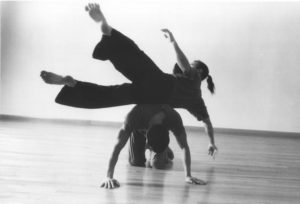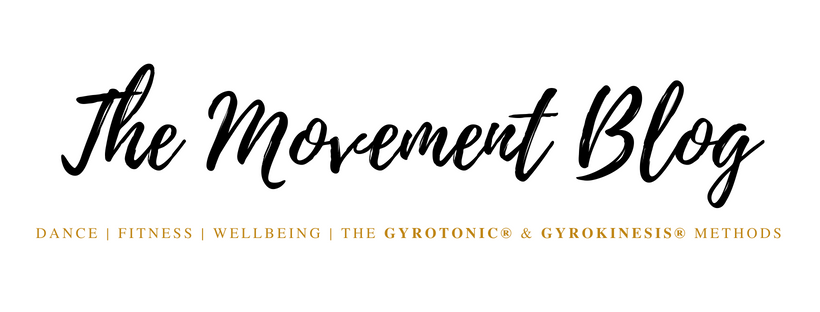Movement Playlist #8–Contact Improvisation
We’re Jammin’; 84 mins

This past Sunday, I had the wonderful pleasure of meeting Pramod Miguel Bento and Rita Vilhena, two beautiful dancers and Contact Improvisation facilitators in Lisbon, Portugal. Every Sunday, Pramod and Rita facilitate open Contact Improvisation classes followed by a 2 hour jam session. Like in most dance classes– live or digital music facilitates the class too. To my delight Pramod and Rita’s music was fantastic. They even allowed me play some of my own playlists.
When did Contact Improvisation develop?
It’s said that it was started and presented by American Dancer/Choreographer, Steve Paxton in 1970’s in the United States, however it is now practiced all over the world. There’s even an online directory where you can find out where to take contact improvisation classes or attend a jam session. Check out Contact Quarterly, started by a dancer and founding participant, Nancy Stark Smith, for more information.
What happens in a Contact Jam?
The facilitator often sets the environment (usually after a warmup or improvisation class) where dancers alternate partners in and out of the main space with or without music. ‘Partners’ begin in a duet which can form into a group. Dancers outside the main space can relax, stretch, or keep improvising. The object is to stay in the present, listen to your body, listen to other dancers’ bodies, and be open to playful movement exploration, or authentic movement.
Are there any rules?
There are certain techniques and movements that dancers can use within a Contact Improvisation jam. The general ‘technique’ is to maintain a soft, yet supportive body to help distribute weight, which is the key. Movements are kept soft and supple to allow elements of ‘surprise’ within the body, within the space, and with your partner(s). ‘The floor is your friend’, they say! Therefore maintaining a sense of being grounded helps the dancer find balance and necessary feedback to create the next movement.
Discover more –
History of Contact Improvisation
Basic Movements of Contact Improvisation
Contact Improv Worldwide Directory
Steve Paxton Talking Dance
Enjoy!

